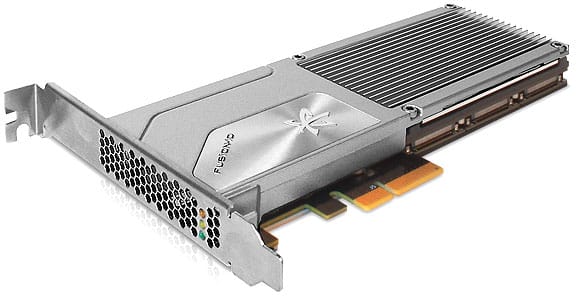
Fusion-io has announced that InFrame Designs, provider of custom-built media servers to accelerate playback of video at live media events, has integrated Fusion’s ioMemory technology in its appliances to reduce latency by up to 100 times compared to its previous architecture. With this drastically improved latency and an additional six-fold application performance improvement by Fusion-io VSL software and ioMemory, the company decided to build Fusion-io technology into upcoming Vixen media server models.
InFrame Vixen media servers are intended to be used for real-time, on-demand compositing of multiple raw video input sources. Additionally, the technology is used in data-intensive, live media environments where the pre-rendering of imagery is unfeasible. The InFrame Vixen media servers are behind various major television and live-event productions in Canada, such as Battle of the Blades from the Canadian Broadcast Corporation, and the Canadian Juno Awards.
The video library InFrame requires for rendering live video often exceeds 80 GB, which is significantly exceeds the amount of data that can be cached in RAM. Latency associated with shared storage can cause initial frames of a requested video to not air on time. Because Fusion-io realizes that responsiveness is critical during live events, Fusion’s microsecond latency was vital to improving InFrame’s creative capabilities.

